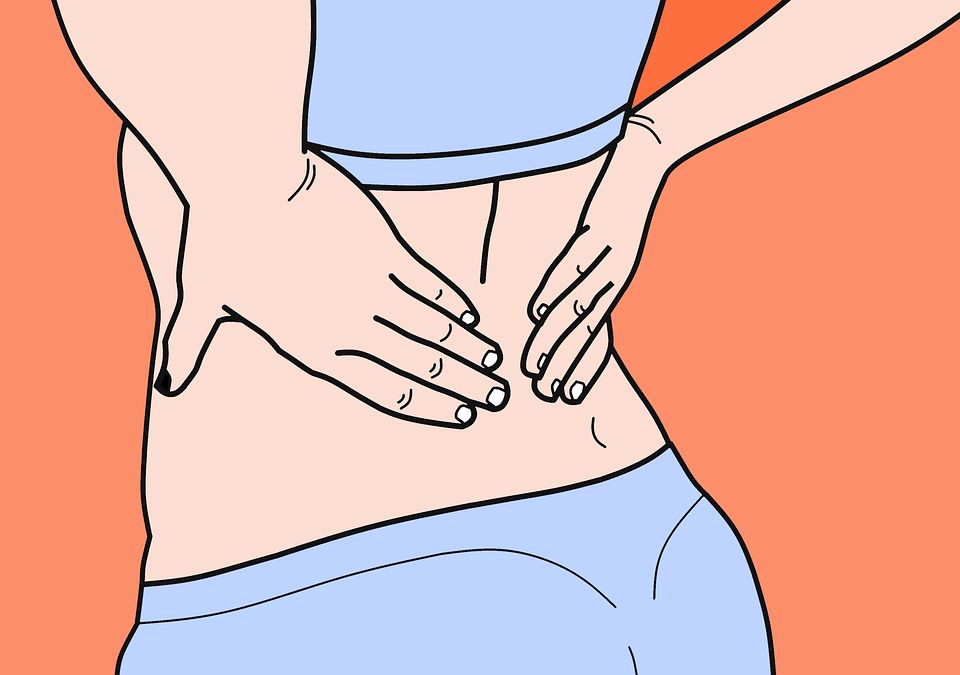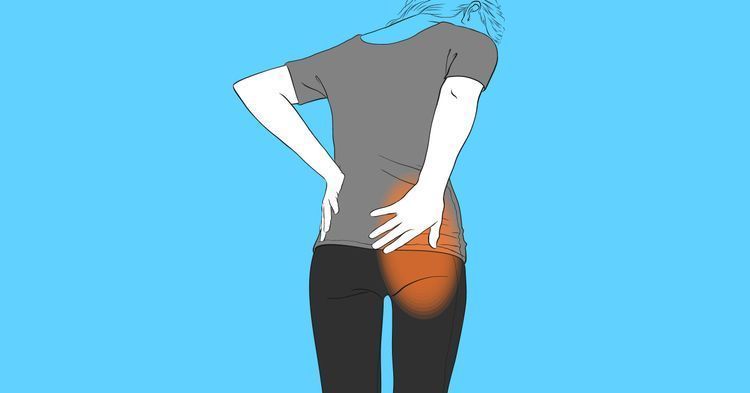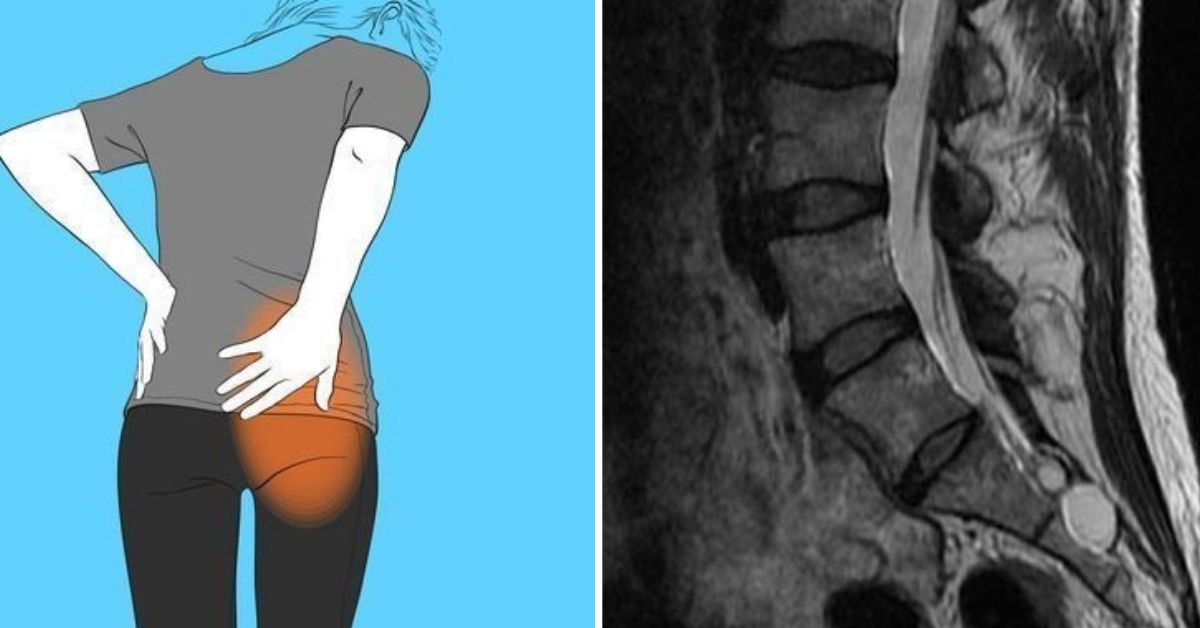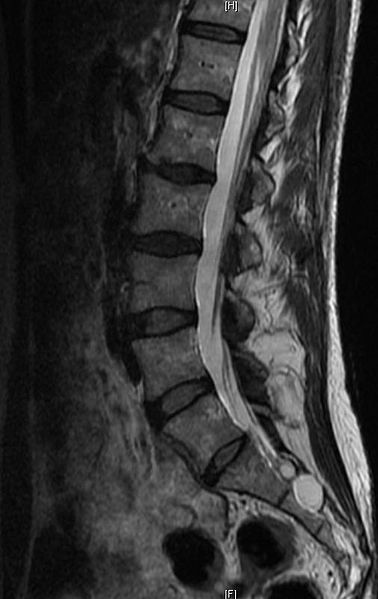It's a fact of life that as we age, our body changes - and not just the way it looks, but how it works too.
Even those who try to live by the "age is just a number" philosophy will at some point have a hard time getting their bodies to keep up.
Joint problems, muscle aches, and back pain are all issues that often develop as our bodies start to get weaker, and unfortunately, they tend to affect our overall quality of life.
In the United States, one in ten people experience some form of back pain, including sciatica.

Experts estimate that about 40% of people will experience the debilitating condition, which occurs when "a herniated disk, bone spur on the spine or narrowing of the spine (spinal stenosis) compresses part of the nerve," according to the Mayo Clinic.
However, it turns out there are other lesser-known causes that could trigger the pain.
Tarlov cysts
An often overlooked cause of sciatica are Tarlov cysts, also known as perineural cysts. These cysts, which don't usually causes symptoms unless they've become enlarged, can be found along the nerve roots of the spine.
Only about five to nine percent of the population have them, many of whom are women aged between 31 and 60. If you've had cysts elsewhere in your body, you're at a higher risk of developing them.
Although rare, large cysts can form and compress the sciatic nerve, which of course, causes sciatica.
Since these cerebrospinal fluid-filled cysts don't always enlarge and are understudied, doctors rarely diagnose them. Because the cysts are located close to the lower pelvic region, in some cases, patients are misdiagnosed with herniated lumbar discs, arachnoiditism, or gynecological conditions.
Tarlov cyst symptoms vs. Sciatica symptoms
While Tarlov cysts do cause sciatica, they don't always exhibit the same symptoms.
The American Association of Neurological Surgeons lists pain in the affected area, weakness of muscles, diffulty sitting for prolonged periods, loss of sensation on the skin, loss of reflexes, changes in bowel function (usually constipation), changes in bladder function, and changes in sexual function as symptoms of Tarlov cysts.
Whereas the main symptom of sciatica is "pain that radiates from your lower (lumbar) spine to your buttock and down the back of your leg," as per the Mayo Clinic.

Usually only one side of your body is affected, and you may also experience numbness, tingling or muscle weakness in the affected leg. It can range from a mild ache, burning sensation or excruciating pain that feels like an electric shock.
If your pain feels worse while standing or you experience numbness in both legs from the knee down, then chances are it's more than just sciatica.
Treatment options
Mild cases of sciatica will eventually go away, but chronic ones may require surgery, and it's the same for Tarlov cysts.
If the cysts have been spotted through an MRI, a physiatrist (back doctor) will be able to help you get on the right treatment plan.
Some will prescribe "NSAIDs (like ibuprofen), oral steroids, and physical therapy can help alleviate the nerve root inflammation and help decrease the pain," says Charla Fischer, MD, an orthopedic surgeon at the Spine Center at NYU Langone Health.

Physical therapy, certain stretches and home remedies can also help alleviate the symptoms, but if you're suffering from chronic pain, then your doctor may suggest a cortisone shot.
While some cysts can be drained, Tarlov cysts tend to fill up again, so surgery is usually avoided. However, in extreme cases, the surgeon will add a glue-like substance after draining them to prevent re-filling.


